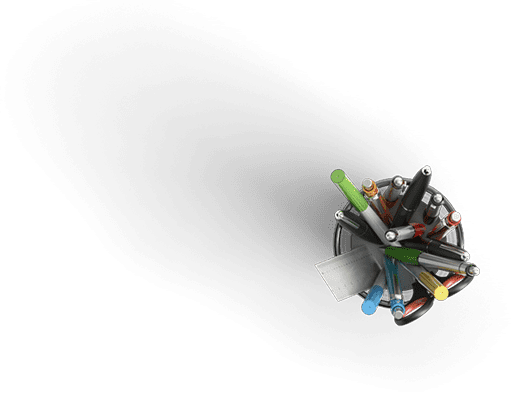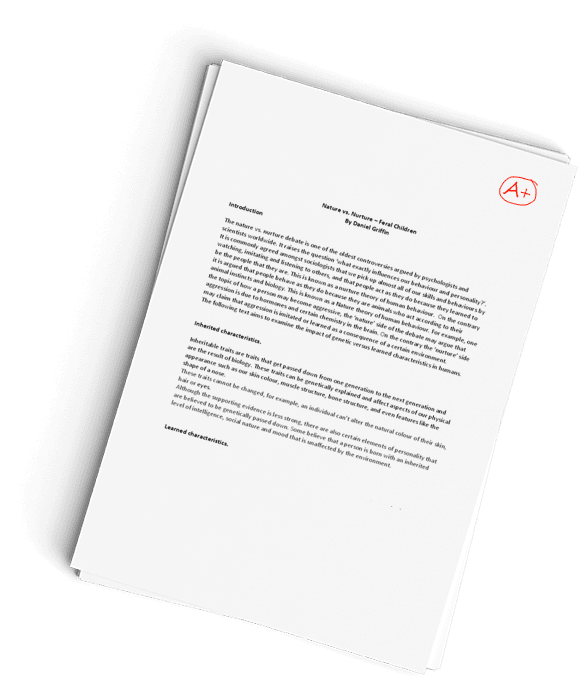Los Angeles Valley College Category of 1 000 000 People Questions
Im working on a Geography question and need guidance to help me study.
Follow the link and explore the interactive map. Then answer the following questions.
Spatial Visualization: World Population History by Population Connection
http://worldpopulationhistory.org/map/1/mercator/1/0/25/
In this visualization module, you can explore the locations and environments of the world population. The map will provide visualization of the relationship between human settlement and food as discussed in Chapter Four, Population and Food. You will see how population growth and its environmental footprint have steadily increased in size and area. This population history begins with settled agriculture on to the evolution of megacities.
The map is composed of three different data sets: five themes of human milestones; two classes of points of population density; and five thematic map overlays. Each of these data sets can be toggled on-and-off using the three headers, dropdown menus. Along the base of the map is a timeline where you may toggle on-and-off global human societys milestones across those five theme categories. The timeline can also be played to animate the movement and growth of world population clusters. In the Menu dropdown in the top-right there is a link to How to Use the Map & Timeline for figures and descriptions of map features.
When you open the link to the interactive, a pop-up box will provide you an introduction. Read the description. Then click on the logo for Population Connection. On the homepage, navigate to the drop-down menu and select the About Us page. Read the short description about the organization supporting the interactive map.
When you open the interactive map in its default view, click around and familiarize yourself. Locate the Key, timeline slider and play button.
1. What is the most accurate statement regarding the Population Connection? 4.1
a. It is not political nor has any sister organizations involved in policymaking.
b. It was founded in 1968, same year the Population Bomb was published.
c. It is not active at the international scale but only offers programs in America
d. It specifically calls out support for family planning services and supplies.
Click on the top-left title, World Population History to refresh the map to its default view. Click on the Explore the Map button in the pop-up box.
2. What symbol represents the category of 1,000,000 People (Annotated)?
a. solid yellow circle
b. red-centered yellow circle
c. white triangle
d. yellow areas
3. What year does the map default to?
a. 2050
b. 100
c. 1 CE
d. None
4. What is the approximate world population at that time?
a. 170,000,000
b. 175,900,000
c. 7,480,000,000
d. 9,550,000,000
Click on the Overlays dropdown menu. Select Human Land Use (1700-2000). Click on the Zoom In icon on the map two times so that you may be able to have a closer view of regional patterns.
5. What happened to the timeline when you selected the overlay? 4.2
a. colored areas appeared on the map
b. legend appeared on the right-hand side
c. the bar jumps ahead to the year 1700
d. population density dots disappeared
6. In 1700, what type of human land use dominated where population clusters were found? 4.2
a. Rangelands
b. Seminatural lands
c. Wildlands
d. Dense settlements
7. In 1701, the _____ was invented by an agrarian in _____. 4.
a. thresher; Germany
b. seed drill; England
c. cotton gin; Savannah, GA
d. heavy-wheeled plow; Europe
8. What world region has the fewest clusters of 1,000,000 people? 4.3
a. Americas
b. Africa
c. Asia
d. Europe
Click on the Map Features dropdown menu and deselect the population dots. Click on the Zoom In icon on the timeline two times so that you can view time in intervals of 10 years. Slide the timeline bar to 1900, or you can enter the date in the Year field at the top-right. Return to 1800 and then to 1900 to compare the human land use patterns.
9. What is the most apparent, widespread spatial change to the patterns of world human land use from 1800 to 1900? 4.3
a. increase in wildlands
b. decrease in croplands
c. increase in rangelands
d. decrease in dense settlements
10. What world region has the most wildlands in 1900? 4.3
a. Americas
b. Africa
c. Asia
d. Europe
Slide the timeline bar to 2000, or you can enter the date in the Year field at the top-right. Return to 1900 and then to 2000 to compare the human land use patterns.
11. What statement most accurately reflects the patterns of world human land use from 1900 to 2000? 4.5
a. conversion of rangelands to wildlands
b. expansion of seminatural lands
c. growth of dense settlements in eastern US
d. expansion of villages in India and China
12. Based on a visual analysis of the change in overlay area, what country appeared to have the greatest conversion of wildlands to rangelands? 4.5
a. Russia
b. Australia
c. Canada
d. Brazil
For the last few questions, you will explore our world societys milestones and their relationship to other population characteristics. Click on the Map Features dropdown menu and deselect the population dots.
13. What thematic layer is the best proxy, or substitute, for a countrys level of development? 4.4
a. urbanization
b. fertility rates
c. life expectancy
d. CO2 emissions
Click on the Overlays dropdown menu and select the proxy thematic layer for level of development. Explore the milestones that occurred around the year 2000.
14. How many years mark the difference between when meat consumption was observed to be rapidly growing and when the obesity epidemic is noted to have begun? 4.6
a. 0
b. 1
c. 14
d. 36
15. Based on your geographic assumptions regarding the relationship between development and life expectancy, what region of the world would be least likely to have both high meat consumption and high levels of obesity? 4.6
a. Americas
b. Africa
c. Asia
d. Europe
Have a similar assignment? "Place an order for your assignment and have exceptional work written by our team of experts, guaranteeing you A results."








